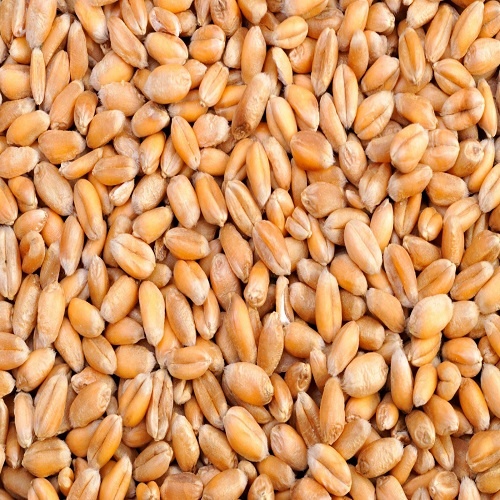New Delhi [India], April 9 (ANI): A survey conducted by Agri Watch on behalf of the Roller Flour Millers’ Federation of India has estimated India’s wheat production of 102.89 million tonnes in the 2022-23 crop season, reduced from 104.24 million tons (estimated in March 2023) due to unseasonal rains and hail storm faced by key wheat producing states towards the end of March.
Agri Watch is an Indian market information and analysis firm specialising in agricultural commodities.
There were reports from various wheat-growing states that unseasonal rains have flattened standing crops in some regions. Wheat, a rabi crop was in an advanced maturing stage, and was expected to hit mandis in a fortnight or so.
The estimates were based on the survey conducted in two phases across nine states Bihar, Gujarat, Haryana, Madhya Pradesh, Maharashtra, Rajasthan, Punjab, Uttar Pradesh, and West Bengal.
“Though the unexpected rains and hailstorm have played spoilsport in the record production that we were expecting. However, higher acreage and yield are expected to create a comfortable situation for the country,” said Pramod Kumar S, President of Roller Flour Millers’ Federation of India.
Against that backdrop, the industry body chief requested the government to consider lifting the ban on wheat export.
Notably, multiple rounds of heat waves in several wheat-growing regions in India before the rabi harvest last year affected crops. Wheat pods in the mature stage typically shrink if overexposed to heat.
“In order to avoid the past situations wherein the absence of data led to fluctuation of wheat prices, we have come up with this survey. It will help both the industry and government to plan future course of action as well as measures to control the prices,” said Navneet Chitlangia, Senior Vice President of the Federation.
As the tensions between Russia and Ukraine turned into a full-blown war in 2022, export demand for wheat got a boost, resulting in lifetime high prices of the staple food grain in the local mandis.
To manage the overall food security of the country as well as meet the needs of the neighbouring and other vulnerable countries, India then amended the export policy of wheat by putting its export under the “prohibited” category.
Global wheat prices have shown substantial volatility in the past one year as both the countries — Ukraine and Russia — are two major suppliers of wheat. The Indian government did not stop at just restricting exports of wheat.
After a ban on exports of wheat grain, the Centre also put restrictions on the exports of wheat flour (atta) exports and other related products like maida, semolina (rava / sirgi), wholemeal atta and resultant atta. (ANI)












